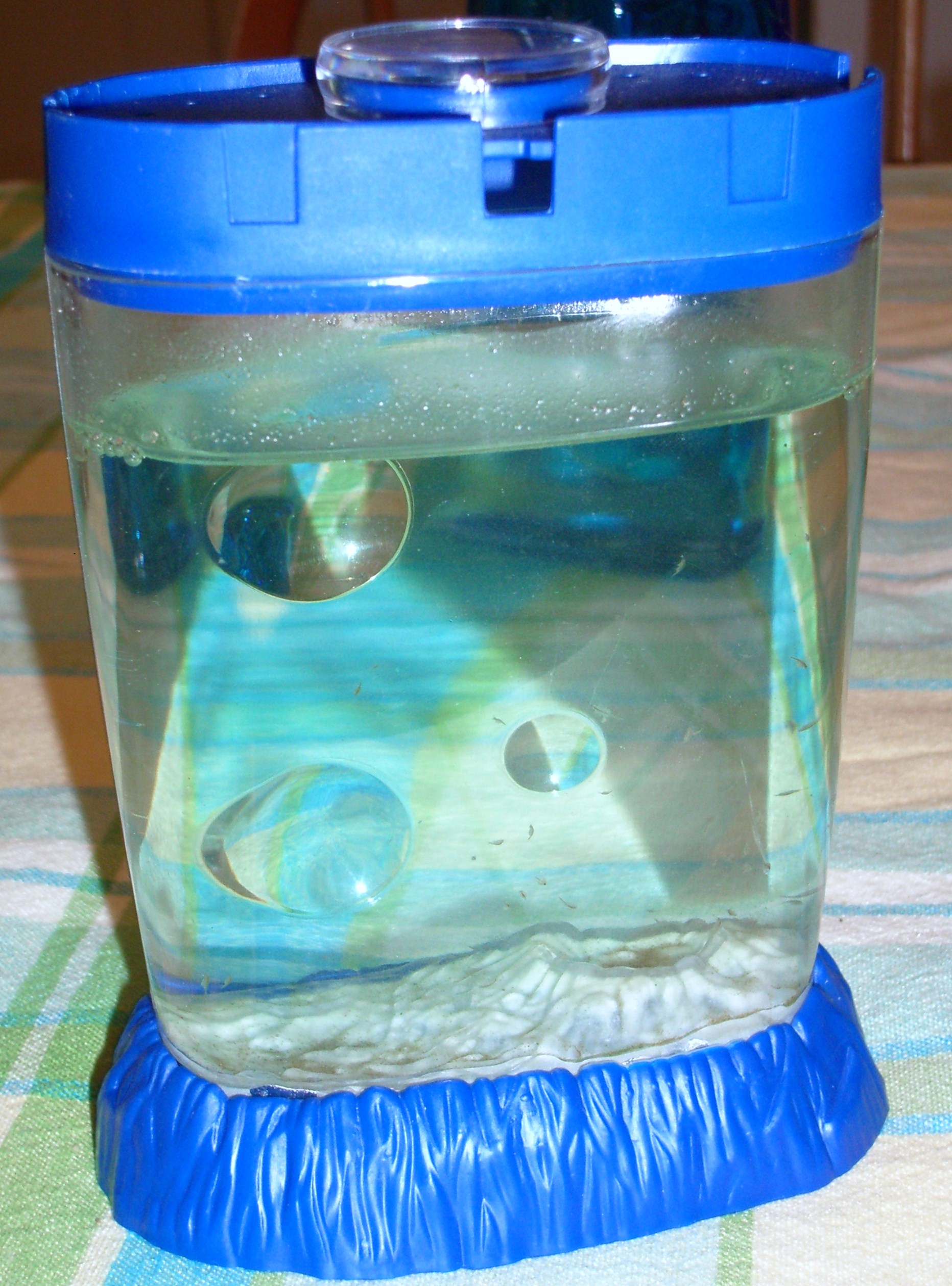
Ĭompared to Firefox, the SeaMonkey web browser keeps the more traditional-looking interface of Netscape and the Mozilla Application Suite, most notably the XUL architecture. The new project-leading group is called the SeaMonkey Council. The development of SeaMonkey is community-driven, in contrast to the Mozilla Application Suite, which until its last released version (1.7.13) was governed by the Mozilla Foundation. SeaMonkey was created in 2005 after the Mozilla Foundation decided to focus on the standalone projects Firefox and Thunderbird. It is the continuation of the former Mozilla Application Suite, based on the same source code, which itself grew out of Netscape Communicator and formed the base of Netscape 6 and Netscape 7.
#Seamonkey jumbo kit free#
SeaMonkey is a free and open-source Internet suite. In January 2005, the paper moved its offices to Market Square on King Street east in Kitchener's downtown core, and on March 11, 2008, the name was changed to the Waterloo Region Record.Belarusian, Catalan, Chinese (Simplified), Chinese (Traditional), Czech, Dutch, English (US), English (British), Finnish, French, Galician, German, Hungarian, Italian, Japanese, Lithuanian, Norwegian (Bokmål), Polish, Portuguese (Portugal), Russian, Slovak, Spanish (Argentina), Spanish (Spain), Swedish, Turkish, Ukrainian In 1998, The Record was sold to Sun Media Corporation, and then in March 1999, to Torstar Corporation. Motz died in 1975 and the Motz Family continued to own a controlling interest in the paper until 1990, when it was sold to Southam. The by-then Senator Euler sold his interest to Southam Press in 1953. In 1928 the paper moved from its home at 49 King Street west to a new building at 30 Queen Street north where it was to stay for 44 years until moving in May 1973 to 225 Fairway Road. In 1948 the Kitchener Daily Record was re-named the Kitchener-Waterloo Record, which name it retained until 1994, when it became simply The Record. The Record’s first staff photographer was Harry Huehnergard, who worked for the paper for 49 years before retiring in 1986 as Manager of the Photographic Department. The weekly Journal ended on May 10, 1924. When Rittinger died in 1915 his share was acquired by William D.

Motz remained editor until his death in 1899, at which time his son William acquired his father's interest.

The Berliner Journal began in Decemby Frederick Rittinger and John Motz, and was located on Queen Street south, Kitchener. With that event, the original three daily papers (the News Record, the Berlin Daily Record, and the Daily Telegraph) became one. On Jthe Record absorbed the other daily, the Daily Telegraph. Motz, purchased the News Record and changed the name to the Kitchener Daily Record. Euler (later Senator for North Waterloo) and William J.

In 1918 the publishers of the German-language paper the Berliner Journal, William D. Over the years it had several names and publishers: in January of 1897 it was purchased by the German Printing and Publishing Company and was amalgamated with that company's Berlin Daily Record to become the Berlin News Record, and later still the News Record, all published by William (Ben) V.

The Kitchener-Waterloo Record began with the publication of the Daily News of Berlin on Februand was the first daily paper in the area.


 0 kommentar(er)
0 kommentar(er)
